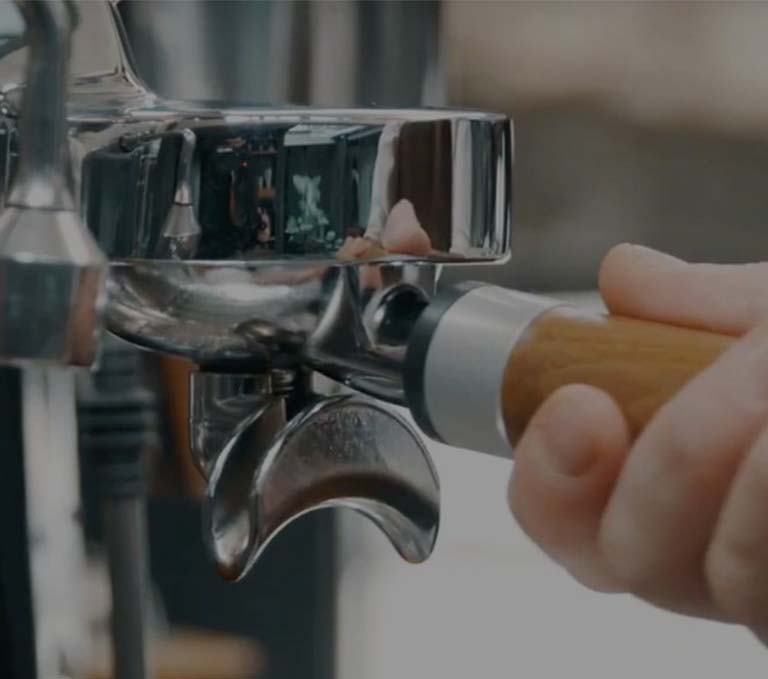*Lavazza is not affiliated with, endorsed or sponsored by Nespresso
**Nescafè®, Dolce Gusto® and Melody I are third party trademarks with no connection with Luigi Lavazza S.p.A.
*Lavazza is not affiliated with, endorsed or sponsored by Nespresso
**Nescafè®, Dolce Gusto® and Melody I are third party trademarks with no connection with Luigi Lavazza S.p.A.


Creamy, iconic, Italian: this is Espresso
Discover how to make the real “Made in Italy” coffee.
The Espresso coffee is one of the most beloved and iconic beverages known. Furthermore, it is a representation of Italian culture and tradition all over the world.
Obtained from roasting and grinding the seeds of Coffea arabica and Coffea robusta, it is the most consumed and well-known type of coffee in Italy.
Its origins date back to 1884 where, in Turin, Angelo Moriondo patented the machine to produce it. This invention was born from the need to satisfy his customers’ coffee demands at his restaurant in Turin in a shorter time than with the traditional coffee preparation methods then available.
But one of the most important figures in the history of Italian espresso is Pier Teresio Arduino. In 1905, he realized the potential of the bar machine and understood the importance of a machine capable of making coffee on-the-spot and speeding up the work of baristas.
The symbol of the espresso is the crema, generated by the high pressure of water that is pushed through a disc of ground and pressed coffee.













